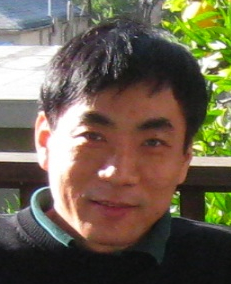
Prof. Lei Han TANG

Contact Information
Tel: 3411 7031
Email: lhtang@hkbu.edu.hk
Professor, Department of Physics Director, Institute of Computational and Theoretical Studies Director, High Performance Cluster Computing Centre
- SYSTEM HEALTH
Dr. Lei-Han Tang completed his PhD in statistical physics at the Carnegie Mellon University in 1987. He did postdoctoral work on nonequilibrium and disordered systems at various US and German institutions including Texas A&M University, the IFF at KFA Jülich and the Institute for Theoretical Physics at the University of Cologne. He served as Lecturer at the Imperial College London from 1996-1997 before joining the Hong Kong Baptist University as an Associate Professor in 1997 and then full Professor in 2005. His research combines analytical and computational approaches to explore the effects of equilibrium and nonequilibrium fluctuations in various physical and biophysical contexts. In recent years, he has collaborated with experimentalists on the development of quantitative tools and models to analyze and integrate biological data and behavior at the cellular level, in particular those related to metabolism, cell motility, and development. He has also developed formalisms that integrate complex behavior of individuals with communication and feedbacks at the population level to explain collective phenomena such as oscillations and outbreaks. He has published more than 90 articles in physics and biological physics, including 20 in the Physical Review Letters. He has been an active researcher and facilitator of interdisciplinary study of living systems. He was elected Fellow of the American Physical Society in 2010 and served as a member of the IUPAP C3 Commission on Statistical Physics (2014-2020). He is the Director of the Institute of Computational and Theoretical Studies at HKBU.
Project Highlights
View More: Research Projects




